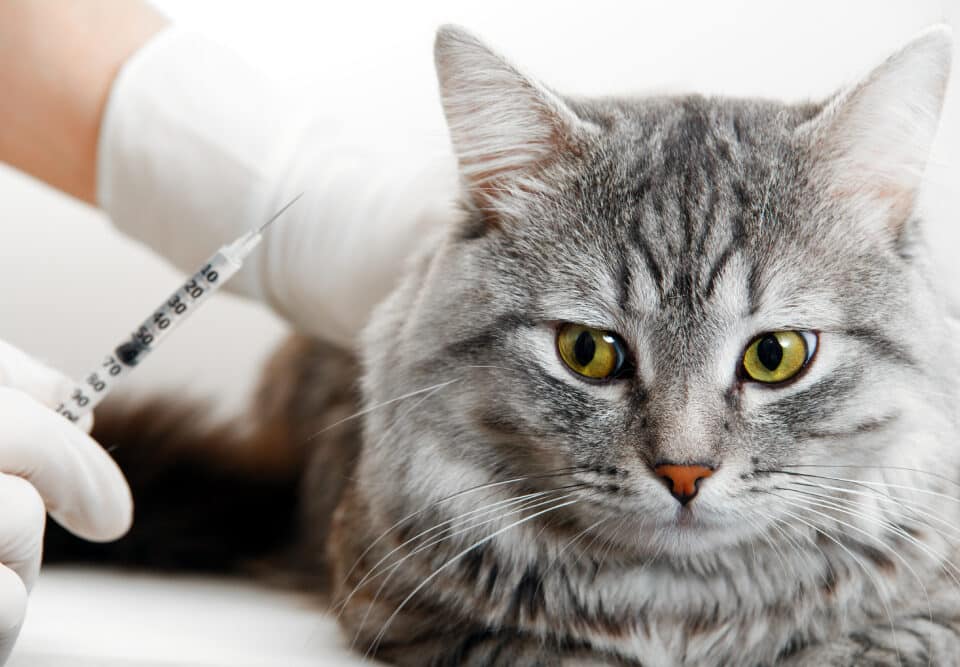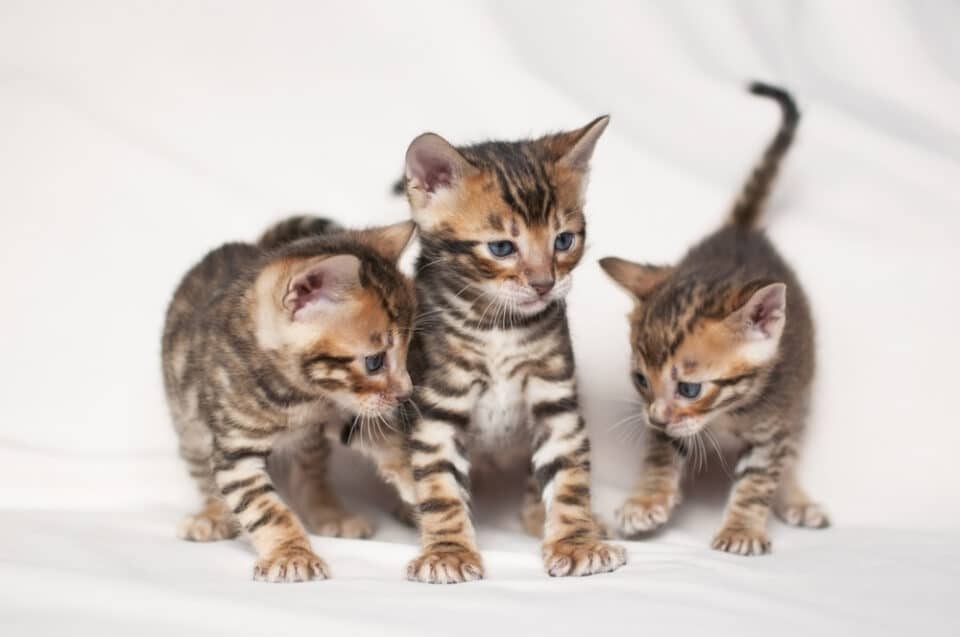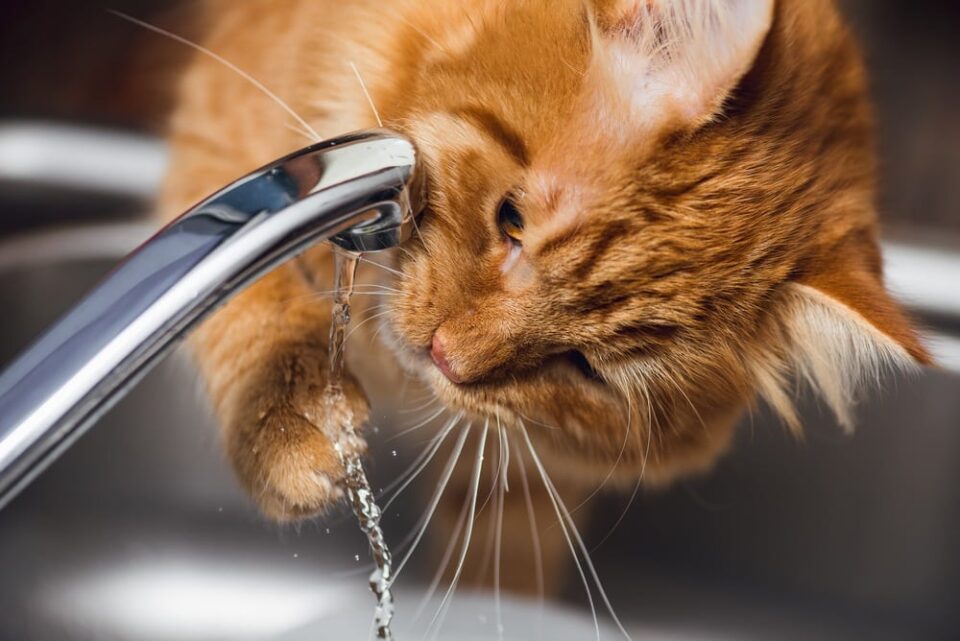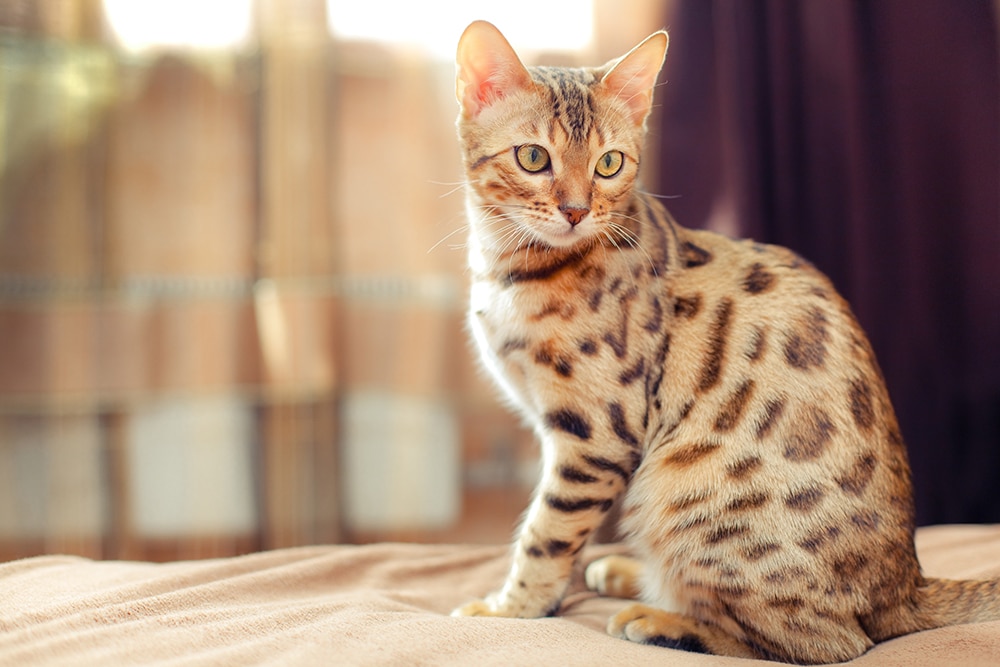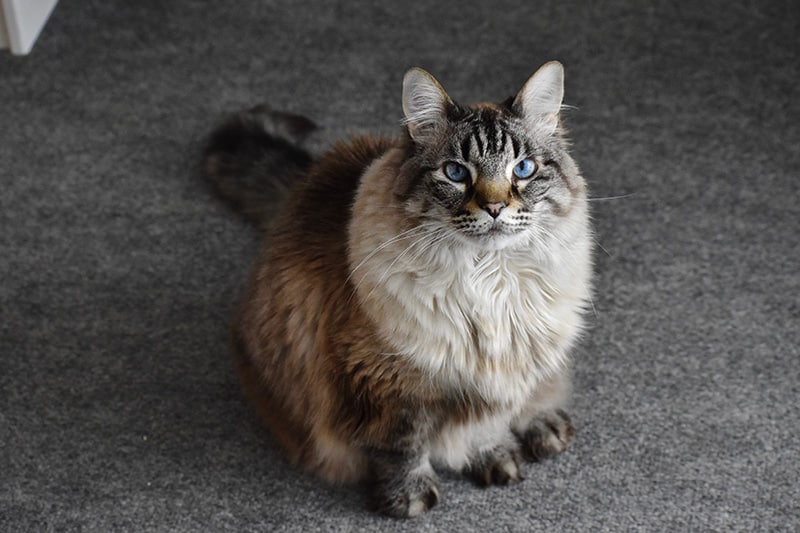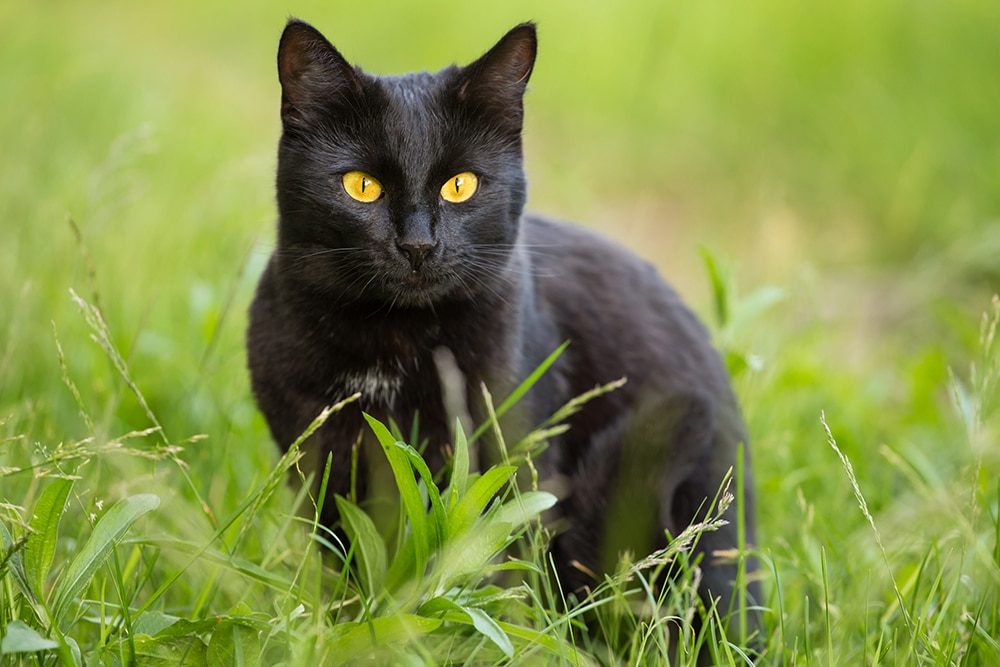Anesthesia in cats—a topic that can make even the most seasoned pet owner a little nervous. Knowing when it’s necessary and what risks are involved can put your mind at ease. From surgeries to dental cleanings, various procedures require anesthesia. Understanding why and how it’s used, alongside potential risks, will help you feel more confident the next time your feline friend goes under.
Before diving into the nitty-gritty, let’s talk about the big picture. Anesthesia blocks pain and controls consciousness, tailored to suit different procedures. While the science behind it is complex, here we’ll break it down simply. By being informed, you’ll be ready to navigate your cat’s healthcare needs with confidence and ease.
How Does Anesthesia Work?
Anesthesia is a medical marvel that allows us to perform necessary procedures on our pets with minimal discomfort to them. It works by blocking pain and sensory perceptions, often rendering the patient unconscious. Various drugs are used, often in combination, to achieve the desired effect of pain elimination, muscle relaxation, and temporary amnesia. While the process might seem intimidating, it is a controlled medical event aimed at ensuring your cat’s comfort and safety during procedures.
The Different Types of Anesthesia
In veterinary medicine, cats can receive different forms of anesthesia based on their needs. General anesthesia is for major surgeries like spaying, where full unconsciousness is required. Sedation is milder, used for less invasive procedures like skin biopsies. Meanwhile, local anesthesia targets specific areas, great for minor wound repairs. Each type serves a unique purpose, ensuring your cat’s well-being.
General anesthesia, for instance, involves suppressing the central nervous system, often requiring intubation and assisted breathing. Sedation might just calm the cat enough for safe handling. Local anesthesia can be applied to numb a specific area without affecting overall consciousness. Different forms exist to suit different medical circumstances, guaranteeing that the most appropriate method is used.
When Is Anesthesia Used?
Veterinarians often turn to anesthesia as a tool for any situation requiring a cat to be still or pain-free. This includes surgeries, dental work, large mass removals, or even during some diagnostic imaging sessions. It’s a vital component of animal healthcare, ensuring procedures can be done safely and effectively.
Understanding Risks and Precautions
To mitigate risks, veterinarians conduct thorough pre-anesthetic evaluations. This includes reviewing the cat’s medical history, conducting physical exams, and performing blood tests. Monitoring during the procedure is rigorous, involving checks of heart rate, temperature, and other vital signs. All these precautions aim to ensure anesthesia is administered as safely as possible.
Behavioral Changes Post-Anesthesia
While most post-anesthetic behavior is normal, it’s essential to monitor your cat closely for any prolonged issues. Any significant changes in appetite, activity level, or bathroom habits should be reported to your veterinarian. Being vigilant helps in ensuring your cat’s smooth recovery.
Frequently Asked Concerns About Anesthesia
Some breeds, like Persian and Himalayan cats, are at higher risk under anesthesia due to their facial structure. Veterinary teams usually make necessary adjustments to care for these breeds safely. Open dialogue with your vet about these nuances fosters a sense of trust and reassurance.
Exploring Anesthetic-Related Mortality
Understanding these risks from the outset can help manage expectations. It also stresses the importance of choosing a trusted veterinary team experienced in handling such situations.
Experiencing a procedure involving anesthesia might feel daunting, but staying informed can transform worry into confidence. Trust in your veterinary team and the meticulous preparations they make to ensure your cat’s safety. Knowledge is the first step in making empowered healthcare choices for your beloved pet.
